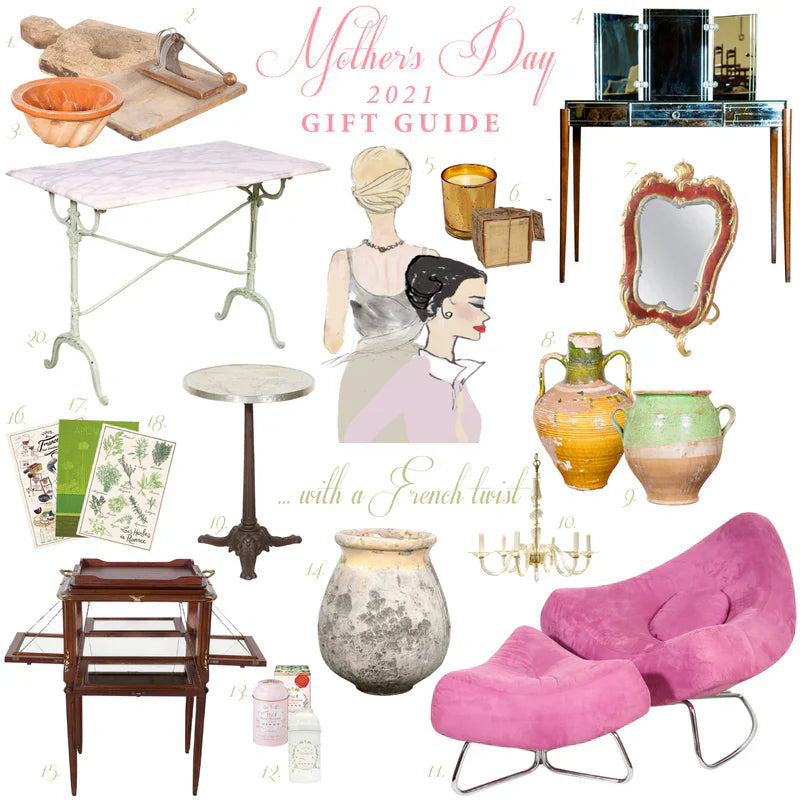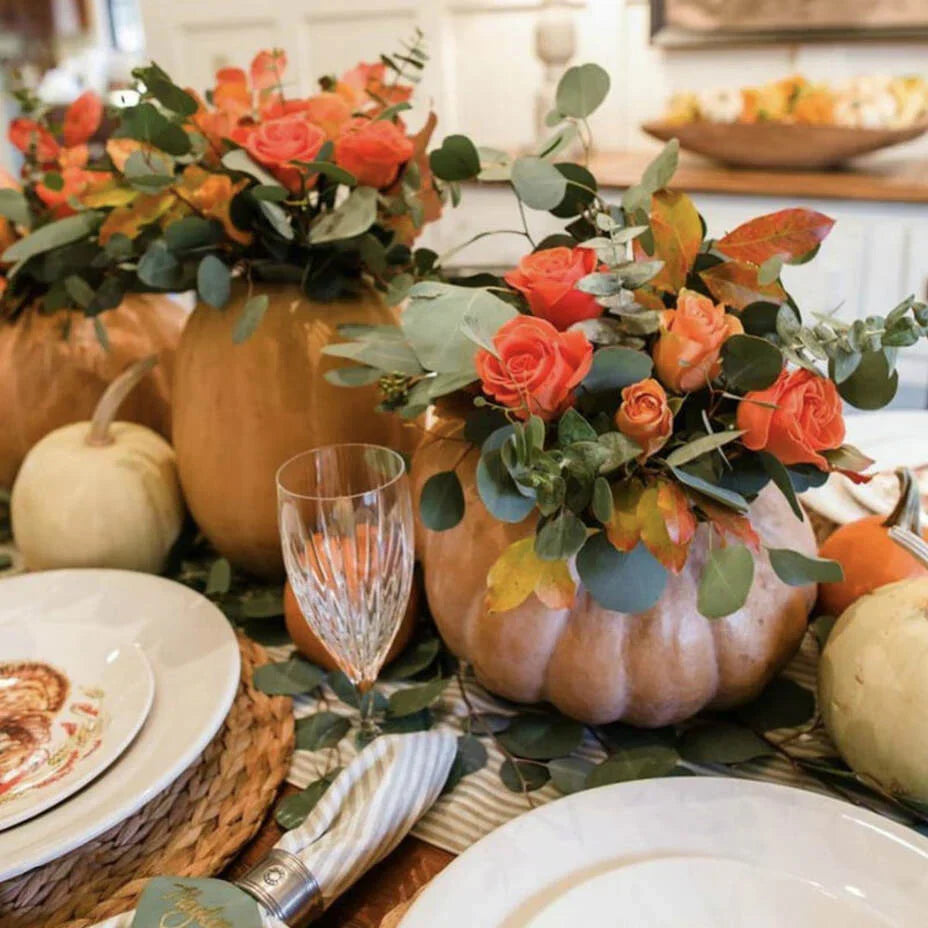Lorem ipsum dolor sit amet, consectetur adipiscing elit, sed do eiusmod tempor incididunt ut labore et dolore magna aliqua. Ut enim ad minim veniam, quis nostrud exercitation ullamco laboris nisi ut aliquip ex ea commodo consequat.
When fourteen-year-old Catherine de Medici arrived in Marseilles, France in 1533 to marry into the French royal family, her uncle, Pope Clement VII, spared no expense on the many trunks of lace, linens, bed hangings, gowns, undergarments, silk, and high heeled shoes designed in Milan to make her look taller and sexier (gasp!) that were part of her bridal trousseau. It’s said her sparkling gowns were embroidered with three pounds of gold and two pounds of silver, her sheets made of the finest silk. Her lingerie, which was considered as luxurious as her wedding gown, was made from the most delicate laces, gold, and silver cloth. The dazzling earrings, fabulous bejeweled rings, necklaces, and golden belts that she added to the French Crown jewel collection were beyond compare. And the gorgeous high heeled shoes that she brought with her became such a status symbol that “commoners” were banned from wearing them — and the phrase “well-heeled” was born! Poor Catherine was not a stunning beauty, however. So Clement enlisted Isabella d’Este, an Italian fashion trend setter, to help Catherine impress the French with her amazing trousseau… one befitting her new status. She may have been considered an Italian commoner at the time of her marriage to Henri II, but Catherine’s bridal trousseau, which included over 150 garments (and those shoes), was nothing less than spectacular!

The Wedding of Catherine de Medici and Henri, Duke of Orléans, Jacopo Chimenti da Empoli
Most young girls didn’t marry royalty, but being sent off in style was of such importance that a wedding would often be canceled if the trousseau was incomplete. Trousseaux were even more expensive than the wedding itself at times! The family heirlooms and handmade linens that a bride-to-be was expected to bring to her new home were often an indication of her family’s wealth and status, meaning the greater and finer the trousseau, the higher the bride's status. Typical trousseaux included twelve pieces of each: napkins, tablecloths, dishtowels, bed sheets, nightgowns, and petticoats — all hand sewn and hand embroidered with the bride's married initials. Since wealthier families often had live-in seamstresses that would do most of the sewing (instead of the bride and her relatives), well-to-do brides might bring hundreds of pieces of linens with them — as well as linens for the servants. And custom dresses and gowns sewn by dressmakers in Paris of course. Oh là là!
According to our good friend Toma Clark Haines, the Antiques Diva, “the preparation for a young bride’s trousseau once began at birth and often before. Years before her betrothal, the future bride amassed enough linens for her bedding and tables to sustain her family throughout their lifetime.” It only makes sense then that preparations for the armoire de mariage or wedding armoire that would store this carefully curated collection throughout a girl’s lifetime also began at birth. Neatly folded antique linens, ruffles of delicate lace, family heirlooms, and countless napkins and table cloths that were once part of treasured trousseaux can still be found stored in elaborately carved marriage armoires in master bedrooms across rural regions of France today. And you can be sure they’re stacked from the bottom, not the top, to ensure strict rotation.

Early 19th Century French Country Louis XV Style Bleached Oak Normandy Wedding Armoire / Item #LO3150 / Lolo French Antiques et More
Similar to hope chests, the beautiful French armoires de mariage are much larger and hand carved with motifs of wealth and prosperity that represent good wishes for the newlywed couple. Intricate carvings include lovebirds evoking love, baskets of flowers representing fertility, pairs of nesting doves symbolizing the “nest,” sheaves of wheat and grape vines describing abundance and domestic prosperity, and musical instruments and sheet music as an allegory for harmony.

Traditions vary, but it is said that in parts of Normandy it was common for a father to cut down a large tree when a daughter was born and use planks from the tree to make the armoire de mariage once the daughter was engaged. In other parts of France it was common for a father to make a wedding armoire when a daughter was born and give it to her during adolescence. As the girl grew up, she would fill it with items from her trousseau and take it with her to her new home after she was wed. By the 18th century, wedding armoires were made by talented craftsmen and given to the bride and groom as a gift from the bride’s parents. In Brittany, it was customary before a wedding for the marriage armoire and the bride’s trousseau to be carried to her new home in a brightly decorated cart drawn by a pair of oxen draped in flowers. The bride's mother would fill the armoire with the trousseau once it arrived and the father of the bride would then throw open the doors in a dramatic fashion to the “oohs and ahs” of all the guests. Afterwards, the priest would bless both the marriage armoire and the marriage bed before the two families sat down to dinner together.
Why not consider giving your favorite bride and groom some lovely home spun, home sewn, and home embroidered antique French linens that were part of some young girl’s trousseau many, many years ago? Nothing feels and smells like good linen that has been freshly laundered. And even if you don’t have an armoire de mariage, try storing your favorite linens in an antique French armoire. You’ll be surprised what a difference it makes. It’s a perfect blend of French charm and modern storage. Everything looks nicer and you’ll find yourself using your linens more. After all, they’re meant to be used every day! And if you’re lucky enough to have an armoire de mariage, take some time to really look at the carvings and see what all you can discover. You’ll be surprised... and find that a whole lot of love went into these armoires!
À Bientôt!



































 Charcuterie Sibilia, Les Halles de Lyon
Charcuterie Sibilia, Les Halles de Lyon





















 Drawing after Giocondo Albertolli, Corinthian Capital, 1798
Drawing after Giocondo Albertolli, Corinthian Capital, 1798
 The Temple of Olympian Zeus is one of the best examples of acanthus leaf use in the Corinthian order
The Temple of Olympian Zeus is one of the best examples of acanthus leaf use in the Corinthian order 


















